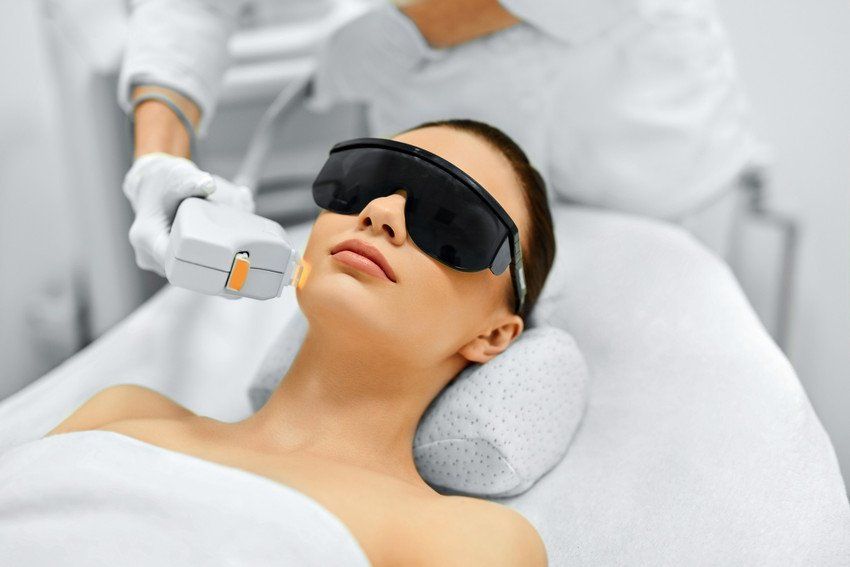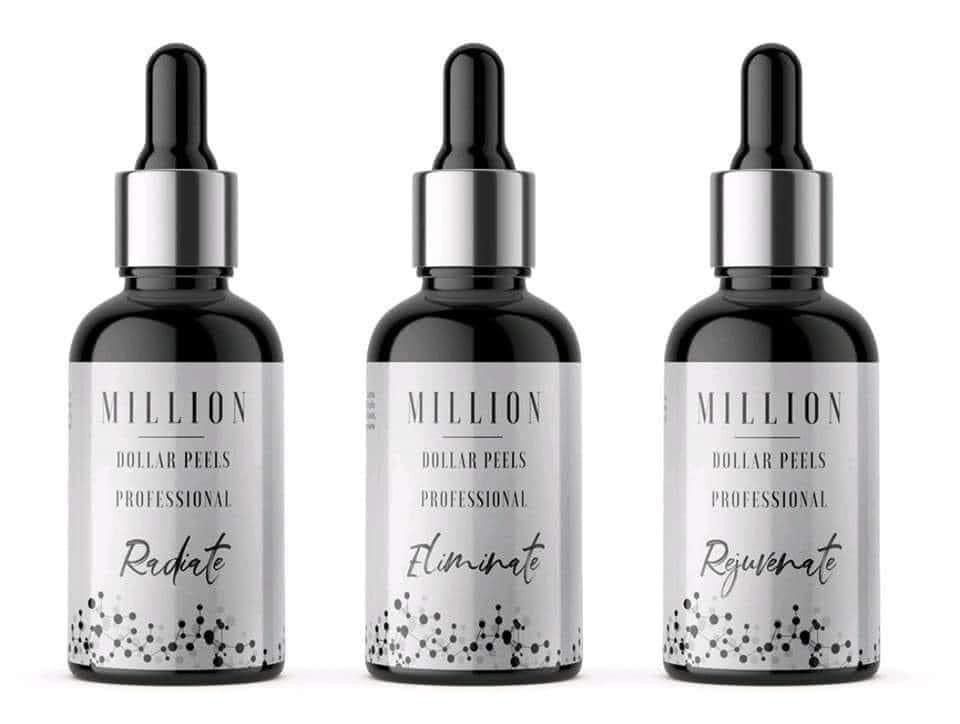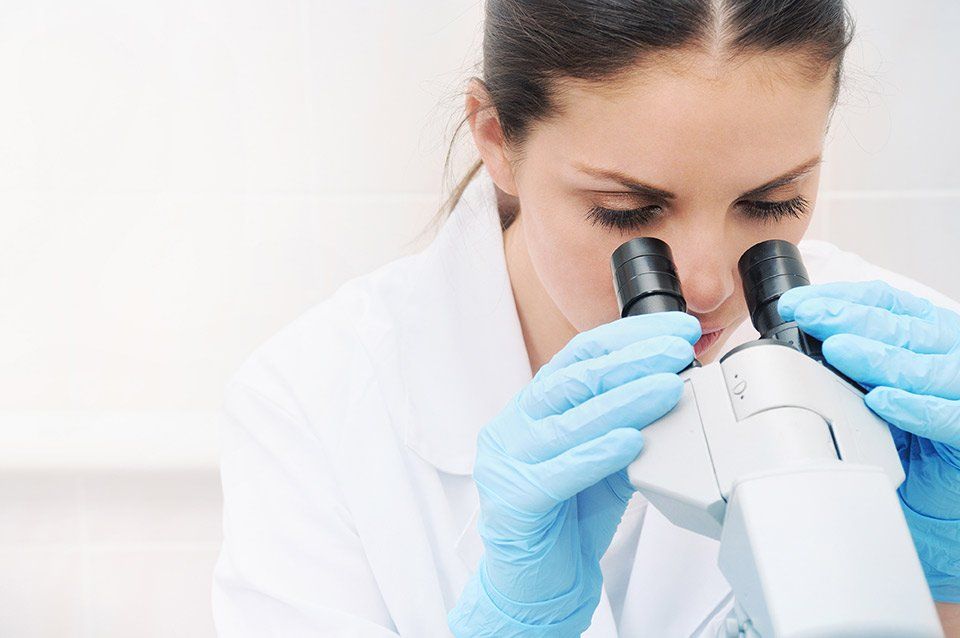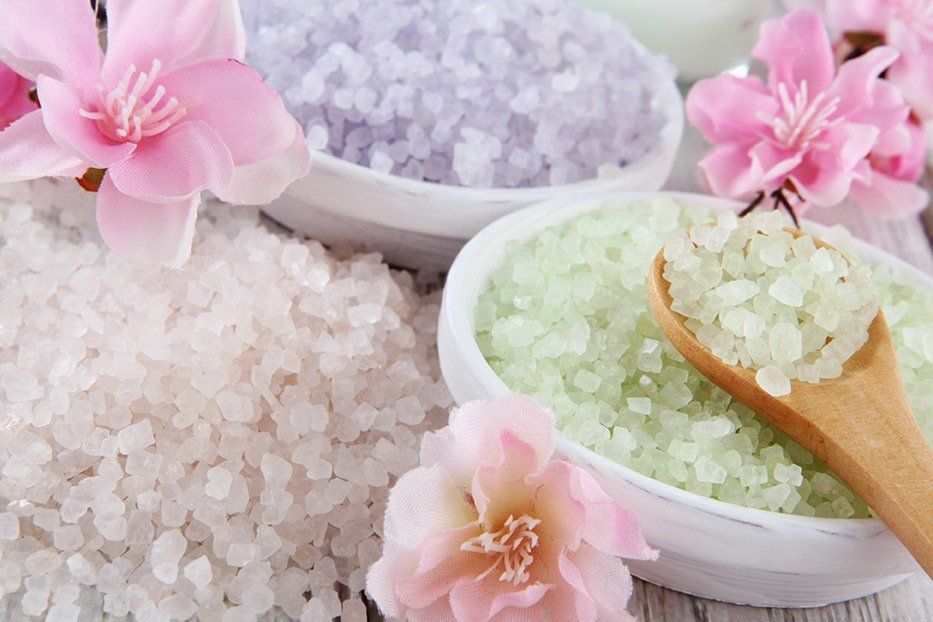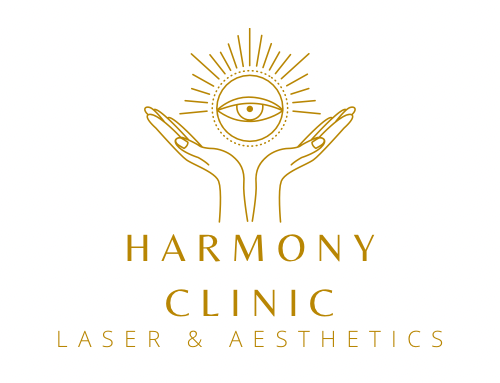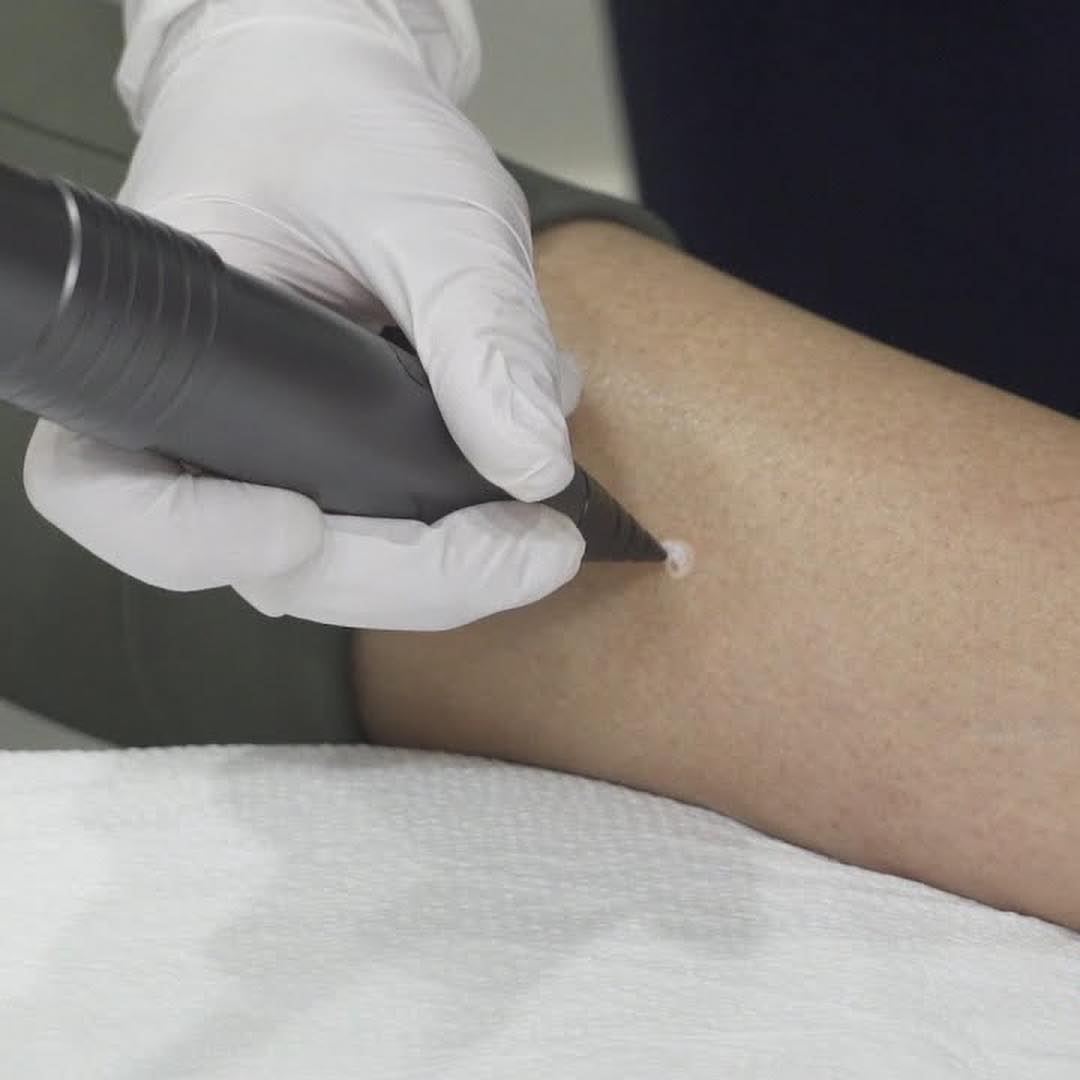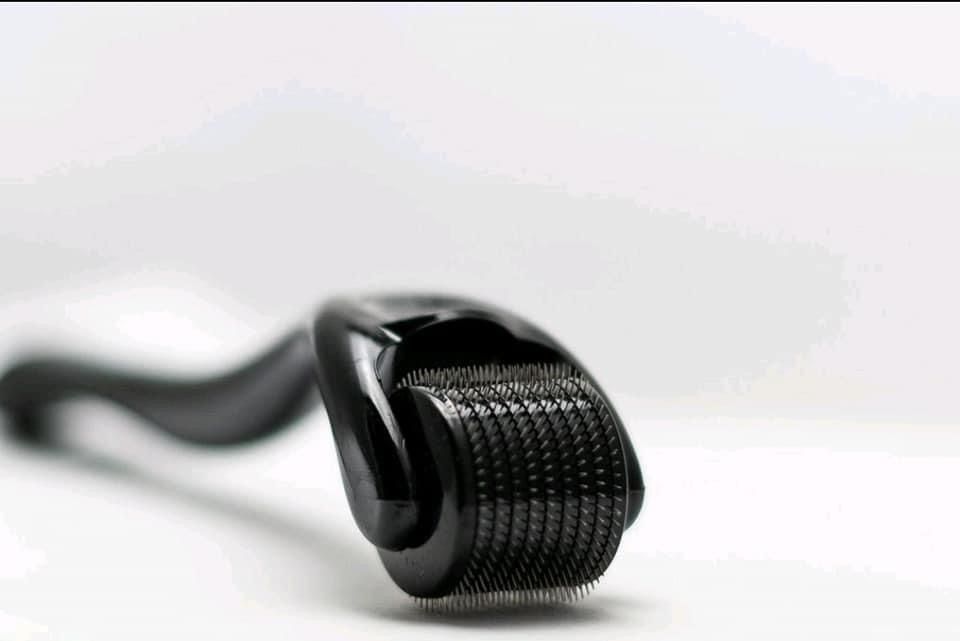Title: A Guide to Skin Lesions That Can Be Treated with Cryotherapy
Introduction: Skin lesions are common and can vary in appearance and nature. Cryotherapy, a technique that uses extreme cold to freeze and remove abnormal skin cells, is an effective treatment for several types of skin lesions. In this blog, we will explore the characteristics and appearance of various skin lesions that can be treated with cryotherapy, including skin tags, moles, cherry angiomas, seborrheic keratosis, warts, and verrucas.
1. Skin Tags: Skin tags are small, soft, benign growths that often appear on the neck, armpits, eyelids, and other areas where the skin rubs against itself. They are typically flesh-colored or slightly darker and can vary in size. Skin tags are not harmful but can be bothersome or cosmetically undesirable. Cryotherapy can effectively remove skin tags by freezing and destroying the tissue.
2. Moles: Moles, also known as nevi, are pigmented growths on the skin. They can be flat or raised, and their color may range from brown to black. Moles are usually harmless, but some may develop into melanoma, a type of skin cancer. If a mole shows signs of change, such as asymmetry, irregular borders, or changes in color, size, or shape, it should be evaluated by a dermatologist. Cryotherapy may be used to remove non-cancerous or suspicious moles.
3. Cherry Angiomas: Cherry angiomas are small, bright red bumps that develop on the skin's surface. They are formed by dilated blood vessels and are typically harmless. Cherry angiomas can vary in size and may increase in number as people age. Although cryotherapy can effectively remove cherry angiomas, it is important to consult a dermatologist to ensure accurate diagnosis and appropriate treatment.
4. Seborrheic Keratosis: Seborrheic keratosis is a common benign skin growth that usually appears as a waxy, brown, or black raised lesion. It can have a rough or scaly texture and may resemble a wart or a mole. Seborrheic keratosis often occurs in older individuals and can develop on various parts of the body. Cryotherapy is a common treatment option for seborrheic keratosis, as it can freeze and remove the growth.
5. Warts: Warts are caused by the human papillomavirus (HPV) and can appear anywhere on the body. They are typically small, rough, and have a cauliflower-like appearance. Warts can be painful or cause discomfort, especially when located on the feet or hands. Cryotherapy is an effective method to freeze and destroy the tissue of warts, allowing for their removal.
6. Verrucas: Verrucas, also known as plantar warts, are warts that specifically occur on the soles of the feet. They can be painful, especially when walking or standing. Verrucas often have a rough surface and may have small black dots in the center. Cryotherapy can be used to freeze and remove verrucas, providing relief from discomfort and restoring the appearance of the skin.
Conclusion: Cryotherapy is a versatile and effective treatment for various types of skin lesions, including skin tags, moles, cherry angiomas, seborrheic keratosis, warts, and verrucas. If you have any concerns about skin lesions, it is important to consult a dermatologist for a proper diagnosis and appropriate treatment plan. Cryotherapy, when performed by a qualified healthcare professional, can safely and successfully remove these skin lesions, improving both the health and appearance of the skin.


